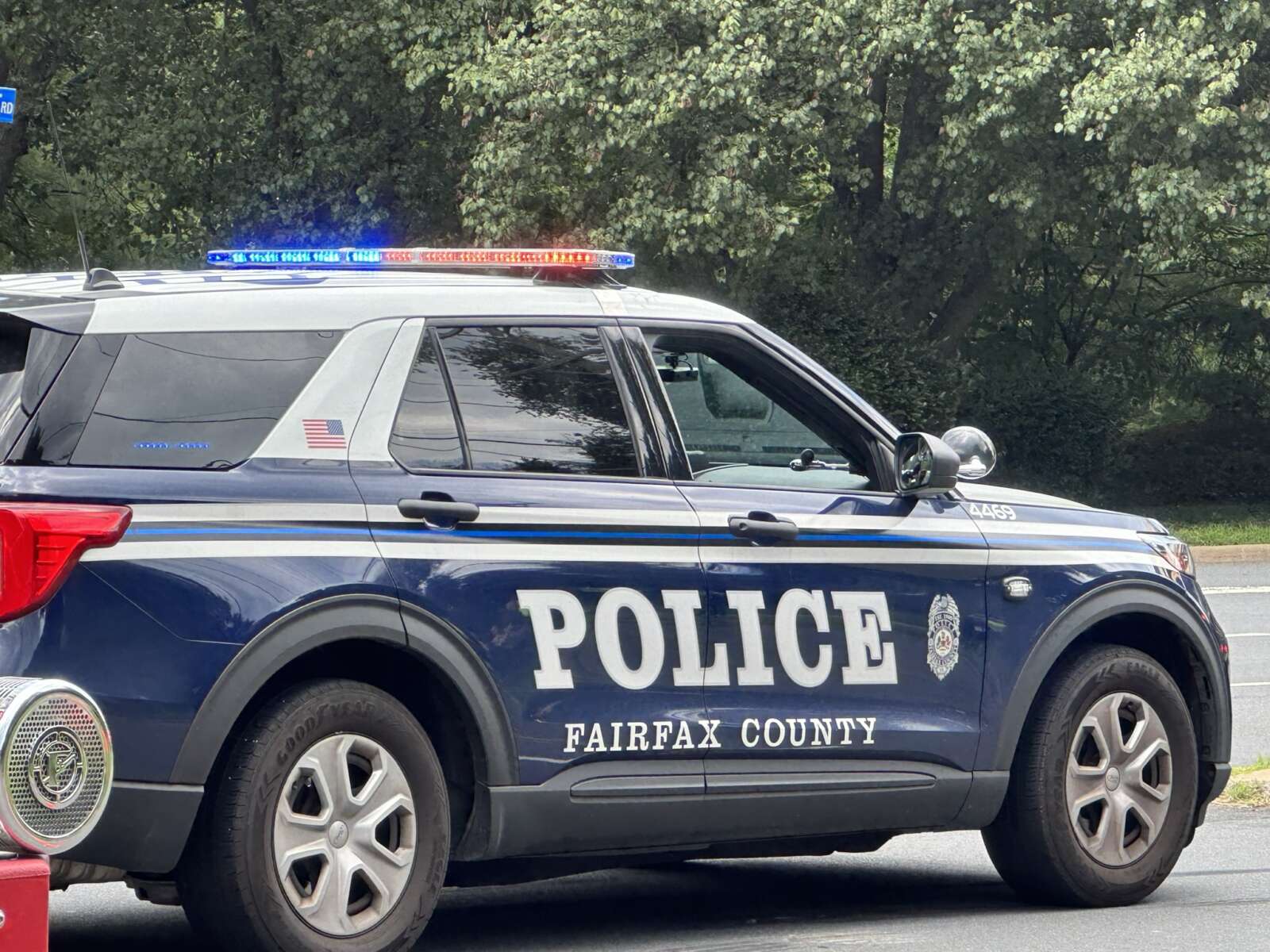As part of a broad criminal justice reform approved by President Donald Trump more than three years ago, the Justice Department will start transferring hundreds of offenders out of federal prisons this week.
In legislation published in the Federal Register on Thursday, the Department of Justice explains how “time credits” for convicts will function. The bipartisan legislation aims to encourage offenders to participate in recidivism-reduction programs, which could help them reduce their jail time.
It also makes obligatory minimum sentences less stringent and provides more leeway to judges in passing sentences. While the transfers are slated to begin this week, the exact number of inmates who will benefit from it is unknown. However, according to the government, “thousands” of convicts will be affected.
Inmates can earn time credits under a law enacted in December 2018 that allows them to earn 10 to 15 days of credit for every 30 days they participate in prison programs to minimize recidivism.
Anger management and addiction treatment are among the programs available, as are educational, career, and social skills workshops. The news of the publication of a finalized regulation came two months after the department’s inspector general raised concerns that the Bureau of Prisons had failed to apply earned time credits to nearly 60,000 federal offenders who had finished the programs.
It also came just a week after Michael Carvajal, the director of the jail service, announced his resignation in the face of rising criticism of his leadership. Both Democratic and Republican senators have pressed the Biden administration to do more to implement additional provisions of the First Step Act, and the FBI has been accused of dragging its feet.
For years, the bureau has had a serious staffing deficit, forcing teachers, cooks, nurses, and other employees to work as correctional officers. Employees have long maintained that taking them away from their other responsibilities to guard convicts causes delays in implementing the First Step Act because they have less time to teach seminars, examine release papers, and provide inmate services.
According to the Justice Department, the total number of programs for which offenders are eligible has risen, and detainees will not be penalized if they cannot participate due to circumstances beyond their control. For months, the department has been attempting to enhance bureau staffing.
The inmates who will benefit from the enactment will be placed in supervised release programs, home confinement, or the bureau’s residential reentry centers, also known as halfway houses. Inmates can earn time credits dating back to the First Step Act’s enactment in 2018.
The Law Outlines How Inmates Can Be Released
According to the Justice Department, specific offenders to be the first beneficiaries of the time credit program include:
- Inmates with time credits that is more than the number of days remaining on their sentence
- Inmates whose release is less than one year
- Inmates who are on supervised release
Transfers are in the works. More are expected in the coming weeks when time credits are applied to convicts’ records. The rule also alters the definition of a “day” of credit at the agency.
To qualify for time credit equivalent to one day of jail term, offenders would have to participate for eight hours in specified academic programs or prison occupations, according to a suggested version released in January 2020.
However, the final version alters the timeline and states that the last criterion “was inconsistent with the law’s purposes.” For every 30 days that inmates participate in programs, they will receive 10 days.
Inmates who stay in lower-risk categories for the entire 30-day term will receive an additional five days of credit. According to advocates, the approved definition of a “day” will make it simpler for a wide range of prison programs to count toward time credits, allowing more prisoners to be eligible for early release.
Barriers Affecting the Implementation of the First Step Act
“In recent years, the Justice Department’s implementation of the First Step Act has run into serious roadblocks as there have been many concerns raised from different quarters” says criminal justice attorney Jeffrey Lichtman. Among these are the need to reassess the risk and needs of all federal detainees using new standards and a lack of space in prison programs due to recurrent staffing shortages.
This came after advocacy groups objected to the bureau’s use of a rebranded version of its security assessment system rather than building a new one. The Prisoner Assessment Tool Targeting Estimated Risks and Needs (PATTERN) is a tool that uses an algorithm to examine all convicts and decide whether they are at high, medium, low, or no risk of reoffending.
The Justice Department altered the assessment program it was using to change measures. These measures potentially introduced a racial bias months after the bureau completed the legislation’s mandated “risk and needs” assessments. The assessments were revised to eliminate questions about an offender’s age when they were initially arrested and whether or not the inmate was offered the chance to turn themselves in at a jail.
However, campaigners claim that the PATTERN tool still has weaknesses and that it has resulted in racial discrepancies in its judgments in some circumstances. According to the rule, the department will continue to analyze the tool, consult outside experts, and attempt to “address and mitigate against racial bias or other inequities.”
Conclusion
Thousands of inmates will be relieved by this announcement, most especially those who have worked hard to turn their lives around and reunite with their families and communities as productive, law-abiding citizens. They can qualify for early release into welfare homes or home confinement if they acquire enough credits.
In some situations, offenders may be able to earn up to 12 months of credit toward supervised release. This initiative has given many prisoners hope of finishing their terms earlier than initially thought.






